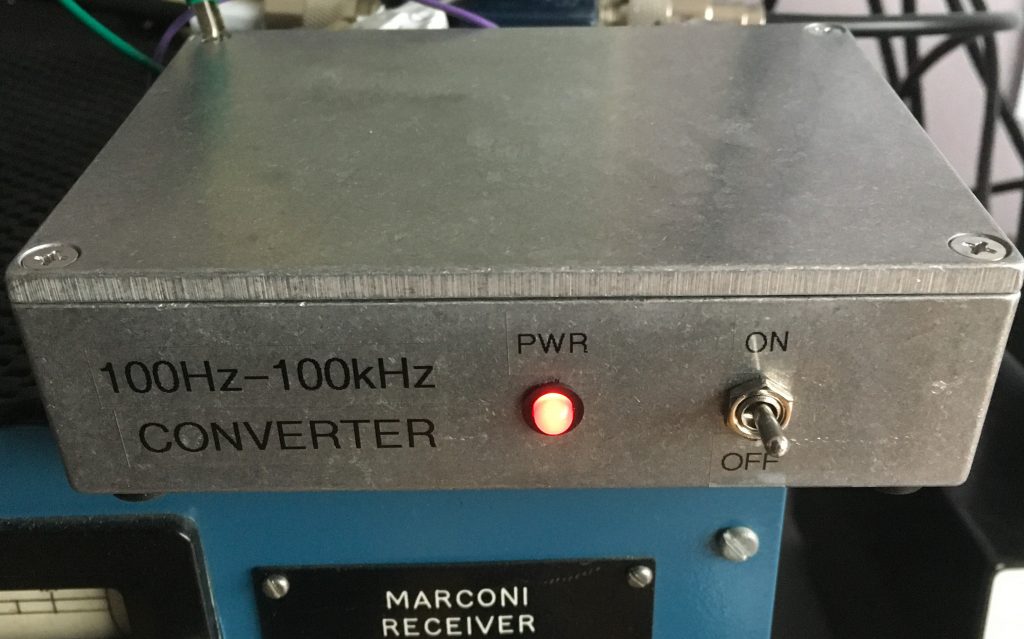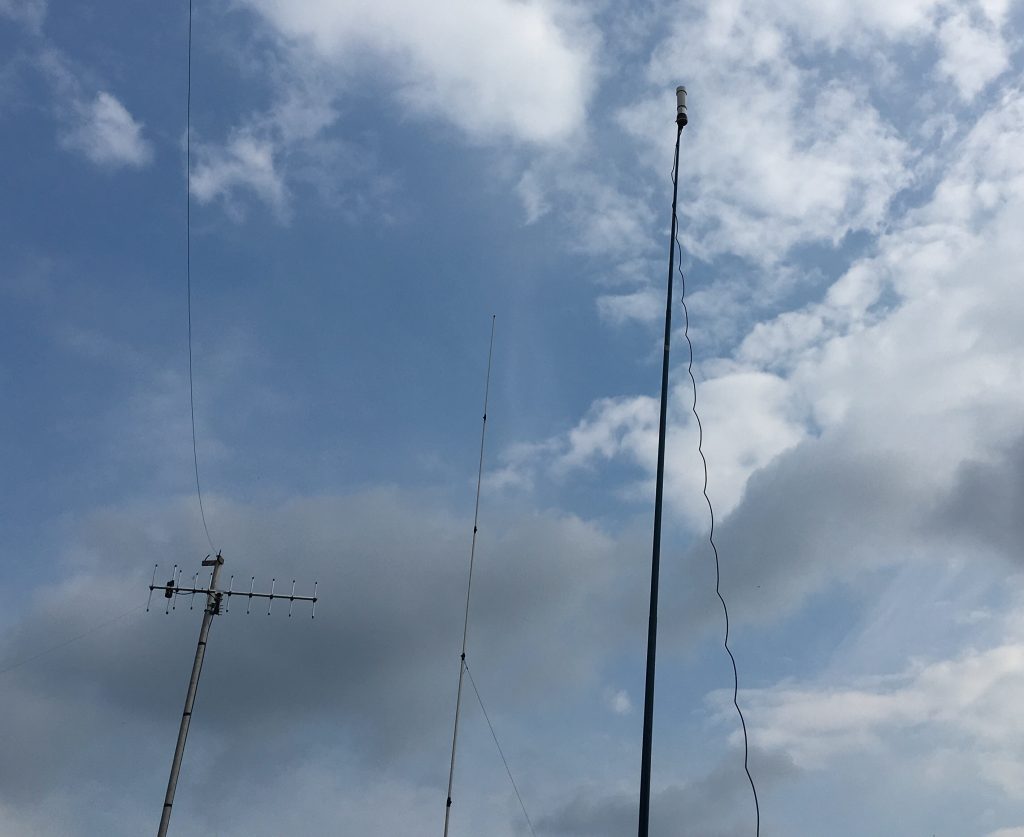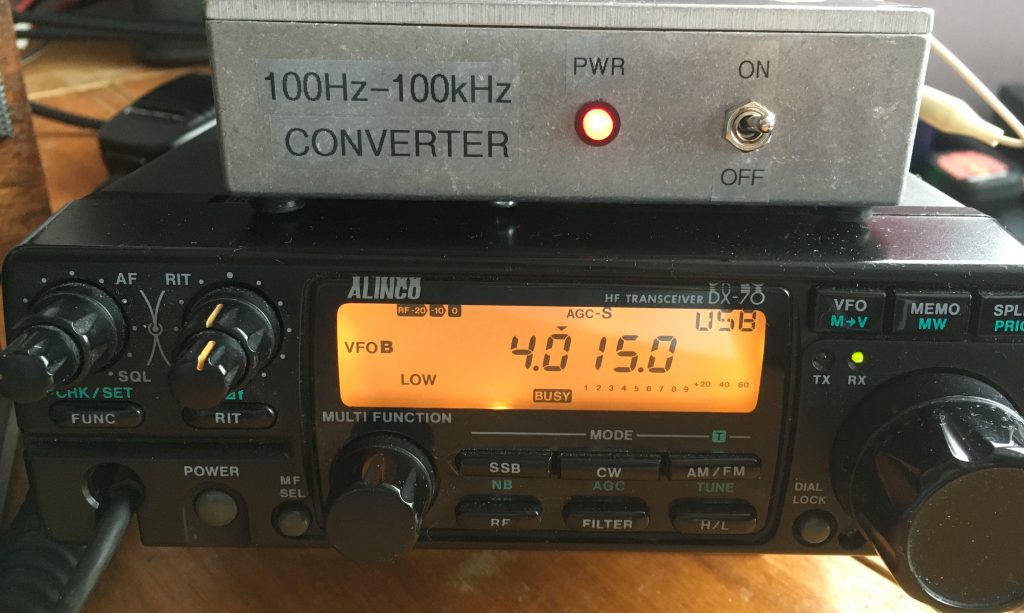Very Low Frequency (VLF) radio reception is an interesting area of radio communication. VLF signals are in the frequency range of 3 kHz to 30 kHz. Receiving VLF signals requires a large antenna and a sensitive receiver. The antenna must be able to receive signals at such low frequencies, which typically requires a wire antenna that is several hundred feet long and is usually grounded to a large metal object, such as a water pipe or earth ground. I have nothing like that! But all is not lost.
The low frequency of VLF signals also means that they are subject to a significant amount of noise from atmospheric phenomena, such as lightning strikes and solar activity. This noise can make it difficult to detect and extract weak VLF signals.
Despite these problems, VLF radio reception is important for a variety of scientific and military applications. For example, VLF signals can be used to study the ionosphere and to monitor earthquakes and lightning. VLF signals can also be used for submarine communication because they can penetrate seawater to a depth of several hundred feet.
I used to spend many hours tuning around VLF. Sferics or spherics, whistlers, strange Earth music… it was fascinating. Now that I have a Mini Whip Active Antenna, I’ve decided to get back into those very, very low frequencies. The VLF converter I’m using is pictured below, sitting atop my Marconi CR100.
The Mini-Whip antenna is very good down to 10kHz and lower but I’m getting quite a lot of break through from strong medium wave stations. The Mini-Whip is on the right in the photo below. If anything, the antenna is too good! One idea I’m contemplating is to put the converter in the shed at the bottom of the garden with a whip aerial on a pole above the shed. Coax from the converter can then be run to the comms receiver in the house. I’ll be experimenting with different aerials once the weather improves.
I’m now using my Alinco DX70 with the VLF converter, pictured below. The input is 100Hz to 100kHz and the output is 4.0 to 4.1 MHz. The Alinco is tuned to 15kHz.
VLF Propagation:
Very low frequency signals are able to propagate over long distances, particularly over water or conductive ground. They can even penetrate through the Earth’s surface to some extent.
VLF radio waves are used for a variety of purposes, including communication with submarines, navigation, and scientific research. The signals are able to penetrate seawater to a depth of several tens of meters, making them ideal for communicating with submerged submarines. VLF signals are also used for navigation because they can be detected at long distances and are not affected by the ionosphere, which can cause distortion in higher frequency signals.
One of the challenges of VLF radio propagation is that the low frequency signals are easily absorbed by the earth’s atmosphere, which limits their range. To overcome this, VLF transmissions are often broadcast from large antenna arrays or from natural sources such as lightning, which can produce powerful VLF emissions.
Another challenge is that VLF signals are susceptible to interference from other sources of electromagnetic radiation, such as power lines, electronic equipment, and lightning. To minimize interference, VLF transmissions are typically regulated by international agreements and are subject to strict frequency and power restrictions.



